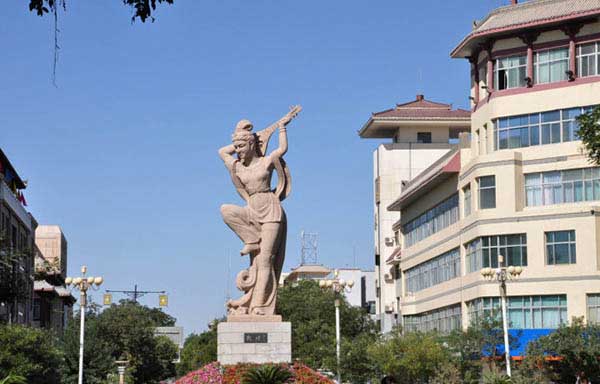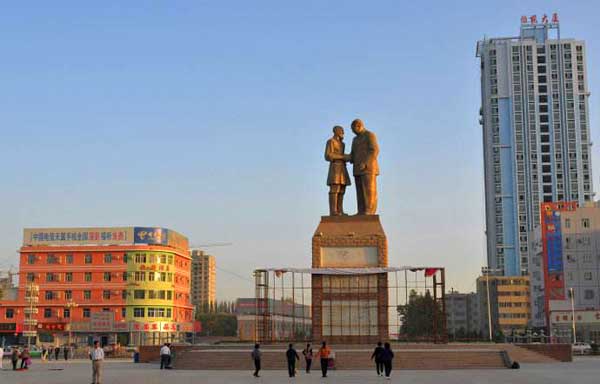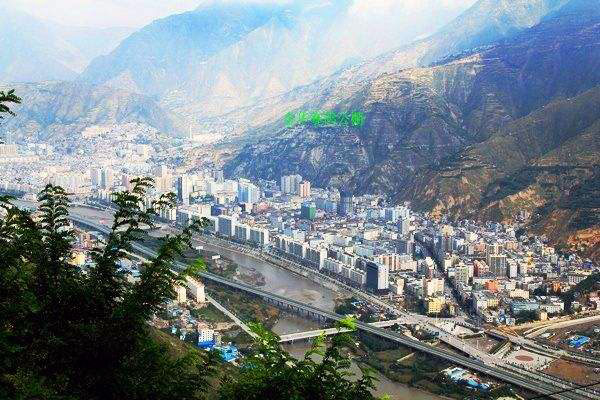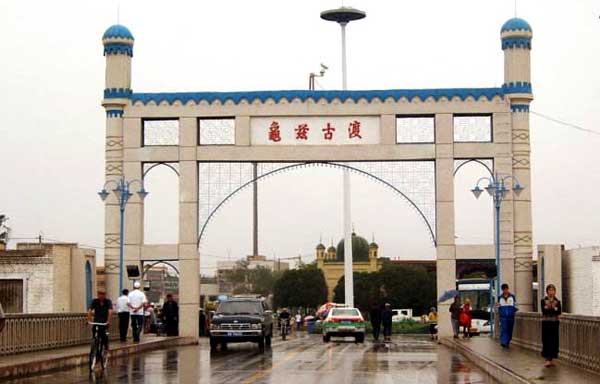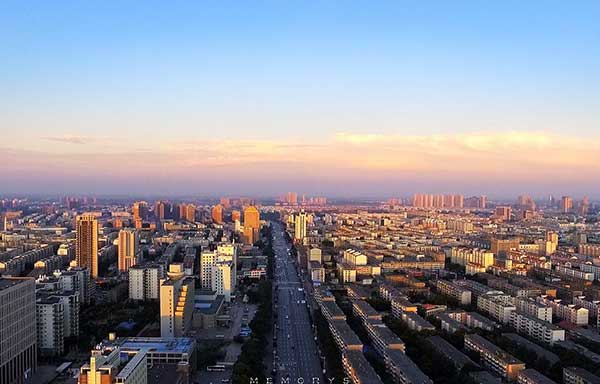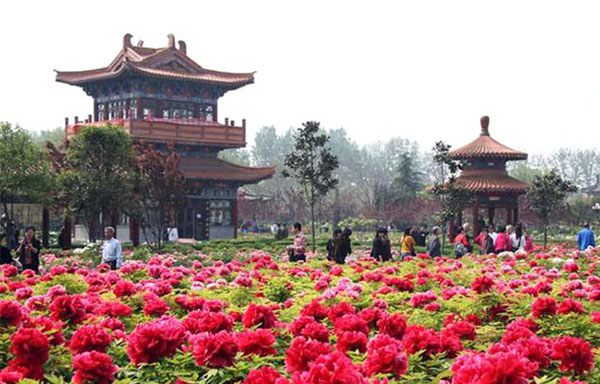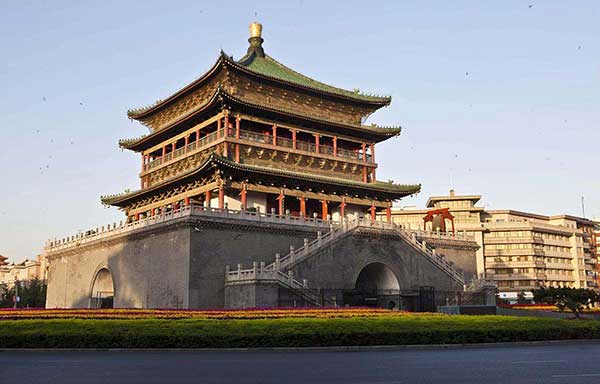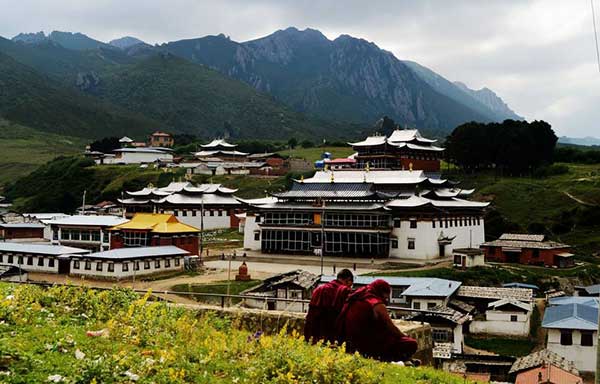- By admin
- In SilkRoadKnowledge
- 2016-06-07
the geography of the silk road
many factors are attributed to the decline of the silk road. the mongol empire began to crumble as early as 1262, due to quarreling among regional khans. in 1368, the ming dynasty regained control of china and immediately emphasized nationalism and isolationalism in an effort to prevent future invasion. with the revival of islam in the west and chinese nationalism in the east, the barriers on the land route once again rose. a revival of islam in central asia led to the destruction of non-islamic artwork and architecture in key cities. trade by sea became less dangerous and more profitable than the long and arduous land route. also, the demand for silk began to slump as european production was perfected and passed on. perhaps the greatest factor contributing to the decline of trade along the silk road was geography. maintaining existing settlements along the taklimakan and gobi deserts became increasingly difficult during that era of political unease. a lack of natural resourses proved too stressfull for many dessert cities along the southern end of the taklimakan region. maintainence of wells, streets, and buildings was neglected in light of ivasion from bandits, lack of trade, and a sometimes imposing religion from the west. soon the old towns and religious sites were buried deeper beneath the sands.
renewed interest in the silk road began at the end of the 19th century. imperial great britain and russia competed for trade opportunities in kashgar and other surviving cities. however, interests soon turned toward archeological finds in the taklimakan by both british and russian surveyors. the discovery of ruins, ancient artifacts, buried cities, and manuscripts captured world wide attention. the treasures of the ancient silk road are now scattered around museums in more than a dozen countries. the silk road today is a series of paved roads and train tracks that connect east to west along the paths of the old routes. trade now takes less time and doesn't incude silk as a major trade item; consumer trade and heavy industry dominate the market. and in the desert, progress has been made in controling the shifting sands, and recently discovered oil reserves have once again encouraged developement in the taklimakan region.
the historical silk road repersents for us a time in history where people were forced to deal with cultural, national, and racial differences. we look back at the historical silk road for guidance as we try to face problems like discrimination and religious rights. we here at humboldt state university refer to the silk road not only as a trade route, but as a metaphore for the age of information in which we live. the world wide web provides a vast sea of information in the form of ideas, points of view, pictures, stories, and reports of occurances around the globe. in an instant, we can talk with someone in saudi arabia or china (so long as they have a computer) and encounter a foreign culture and way of life, just like people did on the silk road a thousand years ago, somewhere between china and europe.
Related destinations
Why Choose Us?
We are the top Silk Road tour operator based in Dunhuang, China. We focus on providing well designed Silk Road China Tours with resonable price and thoughtful service.
- Easy & carefree booking
- The best value
- Great travel experience
- Locally operated
Hot Tours
-

6 days Gansu tour to Binglingsi, Xiahe and Langmusi
Tour type : Private tour Price : from *** Destinations : Lanzhou - linxia - Xiahe - Langmusi - Hezuo - Lanzhou -

12 Days Gansu Highlights Tour
Tour type : Private tour Price : from *** Destinations : Xian – Tianshui – Lanzhou – Xiahe – Langmusi – Hezuo – Zhangye – Jiayuguan - Dunhuang -
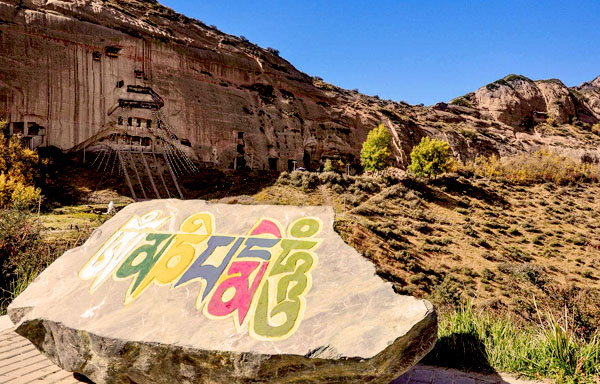
10 Days Silk Road Classic Tour
Tour type : Private tour Price : from *** Destinations : Xian - Zhangye - Jiayuguan - Dunhuang - Turpan - Urumqi -
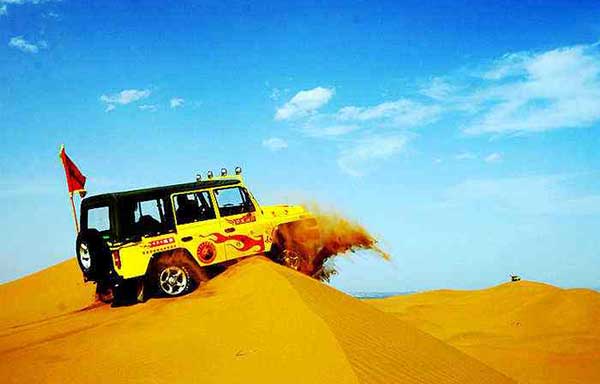
5 Days Zhangye - Alxa youqi Highlights Tour
Tour type : Private Tour Price : from *** Destinations : Zhangye - Alax youqi - Zhangye

